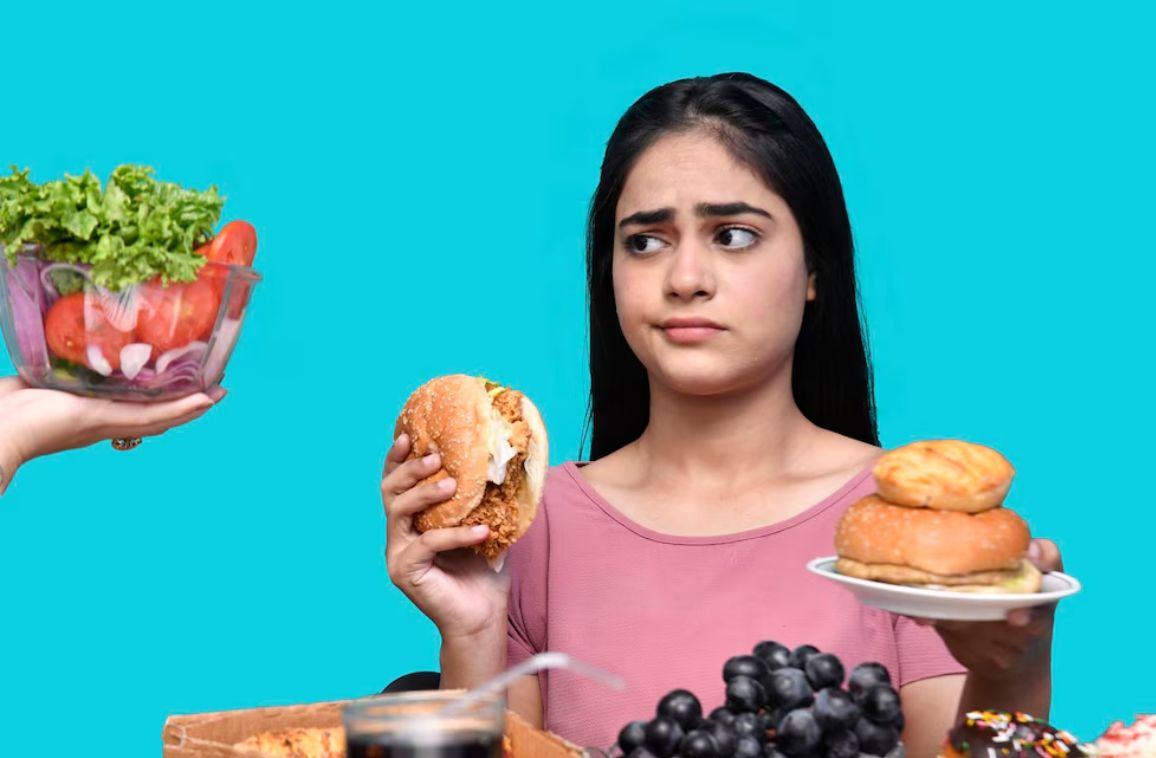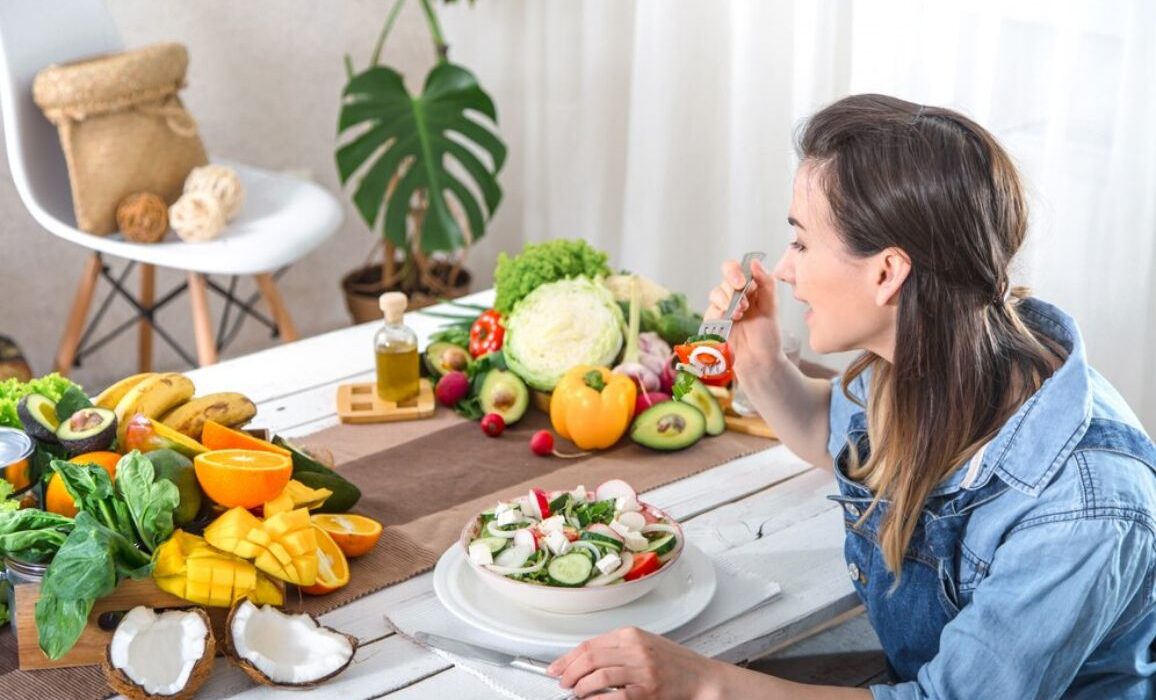Ayurvedic Diet Plan for Weight Loss: Foods to Eat and Avoid
The Ayurvedic diet plan for weight loss does focus on, no doubt, balancing the doshas (Vata, Pitta, and Kapha) and also improving digestion. These diets do include warm, low-calorie foods, such as cooked vegetables, whole grains, and also soups, and they avoid cold, raw foods.
Weight loss is a much-desired goal that is hard to achieve. Reducing fat and weight can be difficult with ordinary diets that are restrictive, tiresome, or unsustainable. Implementing an Ayurvedic diet that is holistic, personalized, and enjoyable for weight loss can help you lose weight.
The Ayurveda diet focuses on balancing one’s doshas, or energy types. It promotes an eating habit in which the person needs to eat foods that are harmonious with one’s dosha type. The person can optimize everything, including digestion, metabolism, energy levels, and also overall health, through an effective Ayurvedic diet.
An Ayurvedic diet plan for weight loss means avoiding processed, artificial, or harmful food items.
Ayurveda diet plan for weight loss and doshas
Understanding the three main doshas in Ayurveda is an important step to be taken before getting into a weight-loss diet. Vata, pitta, and kapha are the three doshas that are connected with the energy and also the balance of the human body.
Vata happens to be the energy of movement; Pitta is the energy of metabolism; and Kapha is the energy of structure. Each dosha influences a person’s digestion of food, stress reaction, and weight maintenance as per their qualities, strengths, and also weaknesses. It is important to follow a diet that does suit one’s dosha while helping balance one’s energies.
Vata
People with vata as their dominant dosha do tend to be thin, light, dry, cold, and restless, with a fast metabolism but, in fact, also weak digestion. Eating warm, moist, nourishing foods that are easy to digest is better for them to lose weight easily. Raw, cold, dry, or light foods that aggravate the nervous system and cause gas, bloating, or constipation need to be avoided to achieve the right balance and weight-loss objectives.
Food items to include in the diet:
Grains: Providing carbohydrates for energy and fiber for digestion helps.
Cooked vegetables: rich in vitamins, minerals, and antioxidants that help support the immune system as well as the skin.
Dairy products: Have a soothing effect on the vata nervous system
Nuts and seeds: High in healthy fats and omega-3 fatty acids that nourish the brain and the nerves while providing protein and minerals for growth and repair. Besides, fruits high in natural sugars do boost the energy levels and mood of Vata people. They also have a cooling effect on the body and help balance the dryness of the vata.
Food items to avoid
Food items that are either too dry, light, or rough for digestion or too gassy, bitter, or astringent for taste can cause indigestion, constipation, or anxiety in Vata people. A few of the foods to be avoided by a vata person include salads, popcorn, crackers, beans, cabbage, broccoli, apples, pears, and cranberries.
Pitta
Pitta people can burn calories easily on account of a strong metabolism, but they can feel hungry with a strong appetite quickly and tend to be medium-sized, muscular, hot, sharp, and also intense.
Eating cooling, refreshing foods that are moderate in quantity and quality is recommended for them to balance pitta. Food items that are spicy, sour, salty, or fried foods that can increase their heat and inflammation could be included.
Food items to include in the diet
Grains that are cooling, nourishing, and also satisfying do help balance the acidity of Pitta people. The person can keep the body cool with vegetables that are high in water content and have a cleansing effect on one’s body. Some dairy products can reduce the inflammation and irritation of the pitta while soothing as well as lubricating the body. The person can keep the body hydrated with fruits that are juicy, refreshing, and also delicious.
Foods to Avoid
Food items that are either too hot, sour, stimulating for digestion, too acidic, fermented, or salty for taste need to be avoided. These kinds of foods, including garlic, onions, vinegar, cheese, yogurt, meat, seafood, coffee, alcohol, or chocolate, can cause heartburn and ulcers.

Kapha
People with Kapha as their dominant dosha have a slow metabolism but also have strong stamina and gain weight easily and also lose it slowly. Their bodies tend to be large, heavy, moist, cold, and also calm.
Eating light-stimulating foods low in fat and calories and avoiding sweet, sour, or salty foods can increase their water and mucus; they must balance Kapha.
Food items to include in the diet
Light, dry, and warming grains are the best choices for Kapha people. Dairy products that are low in fat and calories and high in protein and calcium can be had as digestion is better. Sour, tart, and refreshing fruits are the best choices for Kapha people, as they help activate the liver and blood circulation.
Foods to Avoid
- Always avoid foods that are too heavy, moist, and sticky for kapha digestion or too sweet or bland for kapha taste, like rice, oats, and pasta.
- Vegetables such as potatoes, pumpkin, or zucchini are too starchy, soft, and watery, which increases the kapha dosha and promotes bloating, mucus, or diabetes in Kapha people.
- Dairy products such as cream cheese or ice cream are too rich, fatty, and cold, which can clog the channels and also lower the immunity of kapha.
- Fruits such as bananas and pineapples are too sugary, dense, and oily, which aggravates the kapha dosha and leads to obesity, candida, or high cholesterol.
Conclusion
The Ayurveda diet plan for weight loss improves overall health.



